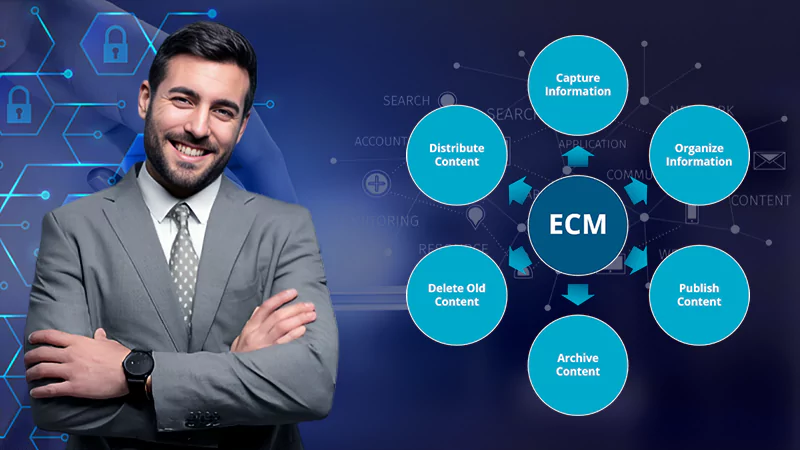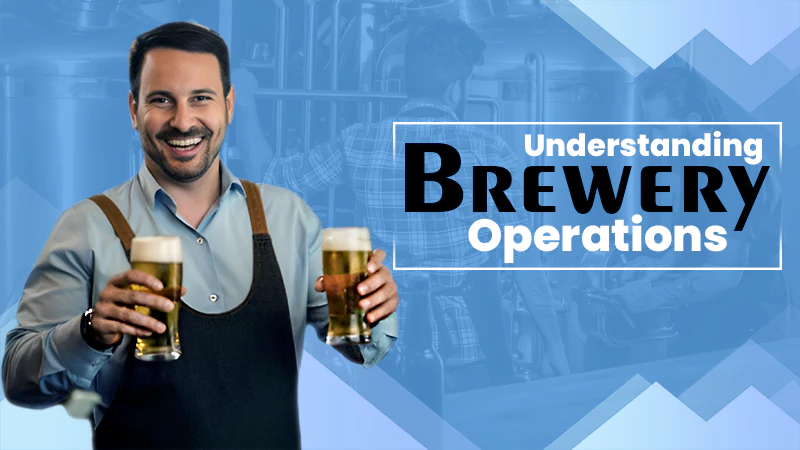What is Order Fulfillment: Define Your Process & Strategy in 2023
Order fulfillment system generally represents how a company or business undertakes an order according to the customer’s requirements. Your customers make the rules when it comes to order fulfillment. Keeping up with their expectations is the only way to maintain or improve your profits, brand reputation, and loyal customers. This post contains details of the order fulfillment process and how to develop a ground-breaking strategy for your business. Keep reading to find out.
What is Order Fulfillment?
Order fulfillment is the entire process behind picking and packaging items for distribution to customers. That means delivering items to your customers based on the terms of sale. The sale process ends when the customer receives their order. This fact makes order fulfillment an essential part of your company.
The process occurs in one or several distribution facilities and comprises the following aspects:
- Inventory management
- Supply chain management
- Processing orders
- Quality control
- Customer support
Receiving Inventory
The products can come from your company warehouse, another department, or a third party. This inventory has to be counted, examined, and entered correctly to ascertain that you have received standard quality items and in the right amount. You can receive, store and retrieve these goods using bar codes or Stock- Keeping Units (SKUs).
Storage
Items are entered into inventory as soon as they are received in the fulfillment warehouse in Toronto. They are then sent to storage or distributed, depending on your orders. Instead of holding products and waiting for sales, you can have ordered items stored shortly as they are organized then distributed to your customers.
Processing Orders
You need an efficient management system for processing orders. That ensures that you have a reliable picking and pacing process based on each new customer order. You can integrate your order management software with the shopping cart on your eCommerce store. The integration automates the processing of orders according to the customer’s activities on your website.
Picking and Packing
Your picking team follows a packing slip to select items from your warehouse. The packing slip contains the number of items, SKUs, colors, sizes, and where they are located in the warehouse. The packing team then chooses packing materials to attain the lowest practical weight. That helps to reduce shipping costs. It is essential to include labels and return shipping materials in case the customer wants to return or exchange said items. Aligning your business with some of the best eCommerce order fulfillment companies can help you streamline this process.
Shipping and Delivery
The order is then sent to a shipping channel so it can be shipped to the customer. Your preferred carrier determines the shipping costs based on the dimensional or actual weight of the package. That is where your choice of packaging materials comes in. Keeping the dimensional weight to a minimum reduces the weight of the entire package. It would be best to adhere to the shipping requirements of your carrier. Failure to comply may cause rejection of your package and shipment delays. Choosing a shipping carrier that delivers to remote routes can help you achieve seamless delivery to all your customers.
Processing Returns
Return labels and shipping materials come in handy if a customer wishes to return an item. However, the returned item(s) should undergo inspection and quality checks before they can be restocked. Soiled, malfunctioning or broken items cannot be restocked. Depending on their state, returned products can be returned to the vendor or manufacturer or sent to a recycling facility.
Best Order Fulfillment Strategies
Prior planning and organization can help you execute even the most complicated orders efficiently. Are you looking to streamline your order fulfillment process? Here are a few practices to help you achieve the efficiency you need:
- Properly managing your receiving processes ensures that shipments are dispatched quickly, and damaged items returned to the manufacturer for replacement. Your customers won’t have to wait long periods for their packages, and you get to avoid backorders.
- Organizing your warehouse can significantly reduce picking and packing items. Fast-selling items should be closest to your packers, with low-demand items at the back of your warehouse.
- You should coordinate shipping and logistics to ensure fast delivery at the most affordable rates. Feel free to plan a backup strategy in case your carrier raises rates unexpectedly or cannot ship your items.
- Embrace automation to improve working conditions, speed up operations, and save on labor expenses.
Your order fulfillment strategy should represent the needs of your company and available resources. If you do not have adequate fulfillment and logistics facilities, you may want to outsource. Executing order fulfillment best practices can help you raise your bottom line while keeping your customers happy.
Follow Us
Latest Post















